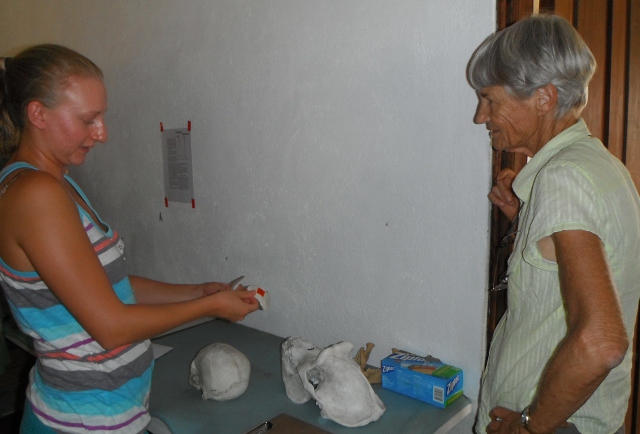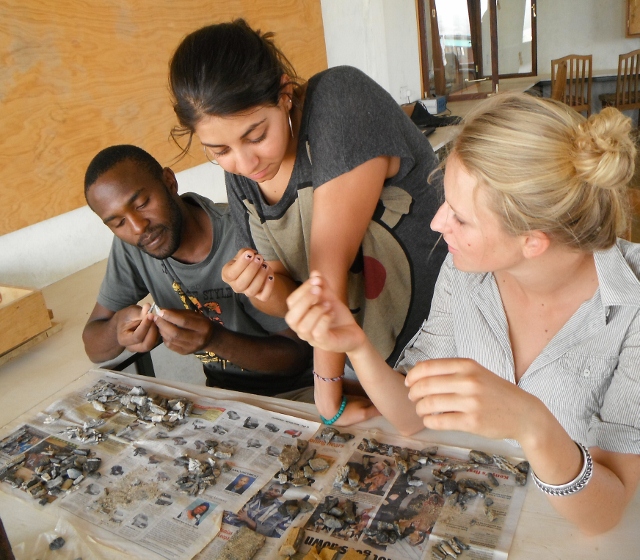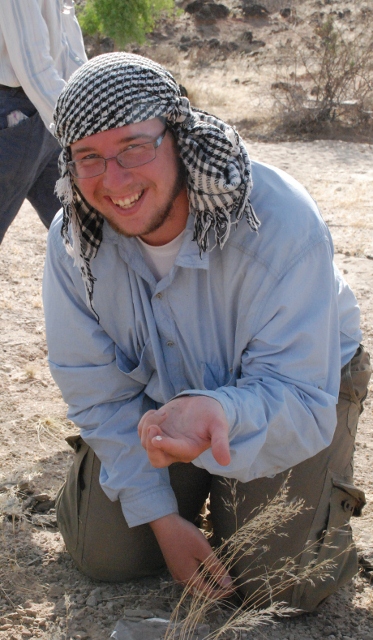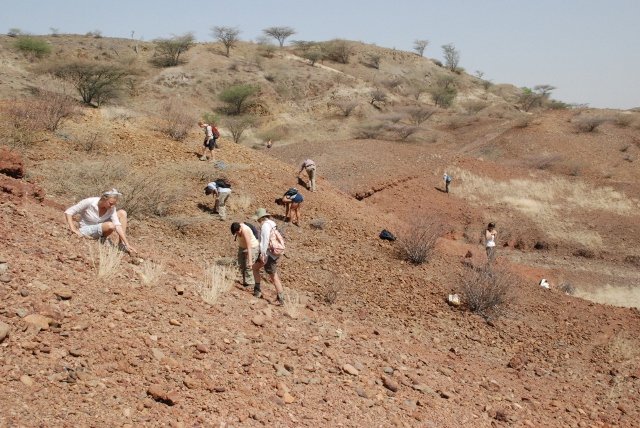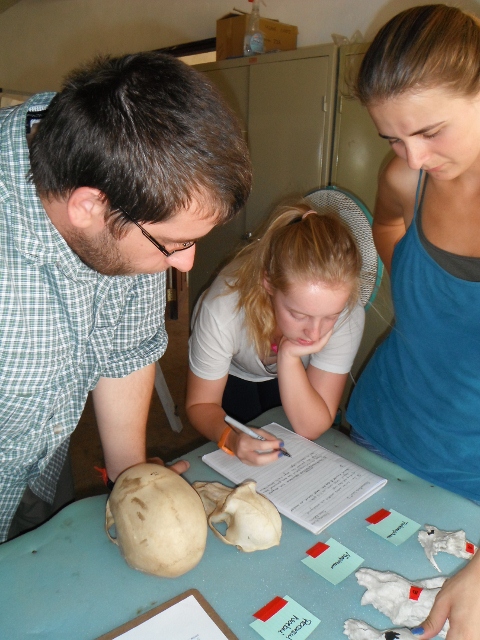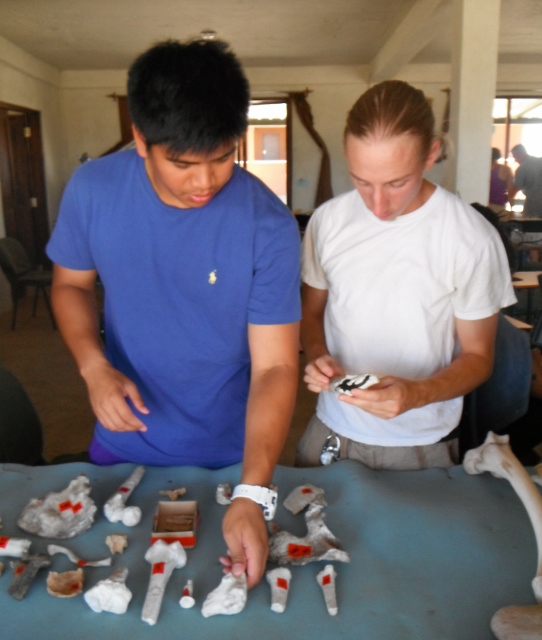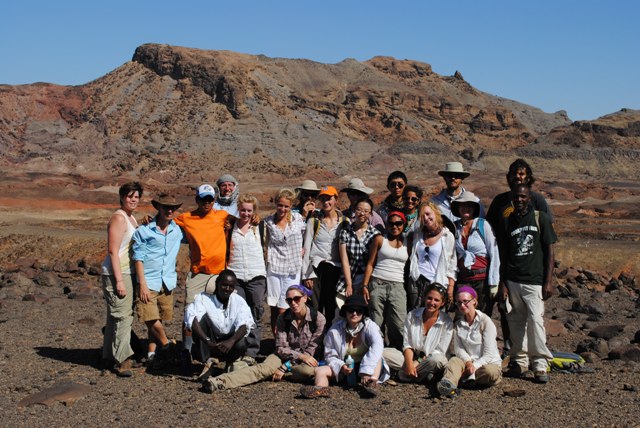Our Ancestors
This week students have been learning about our more recent ancestors that lived over the past 2 million years. At around 1.8 million years there were six or more different species of early human-like species in Africa, and now there is only one left - us, Homo sapiens. Students not only paid close attention to [...]

